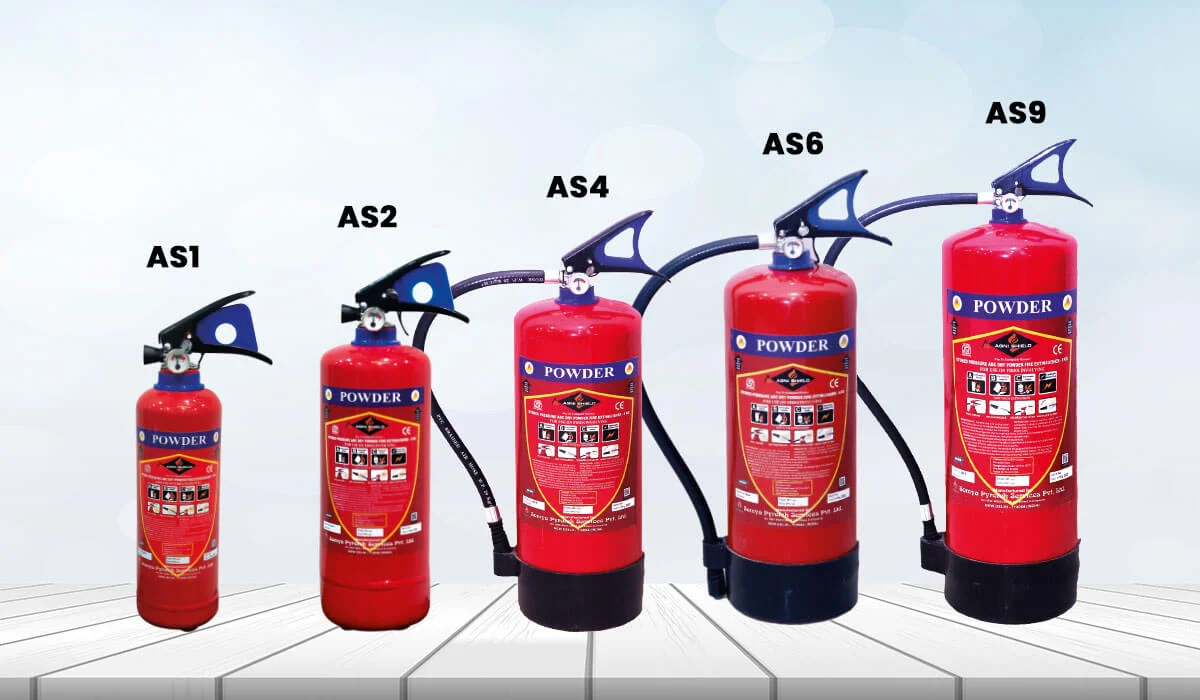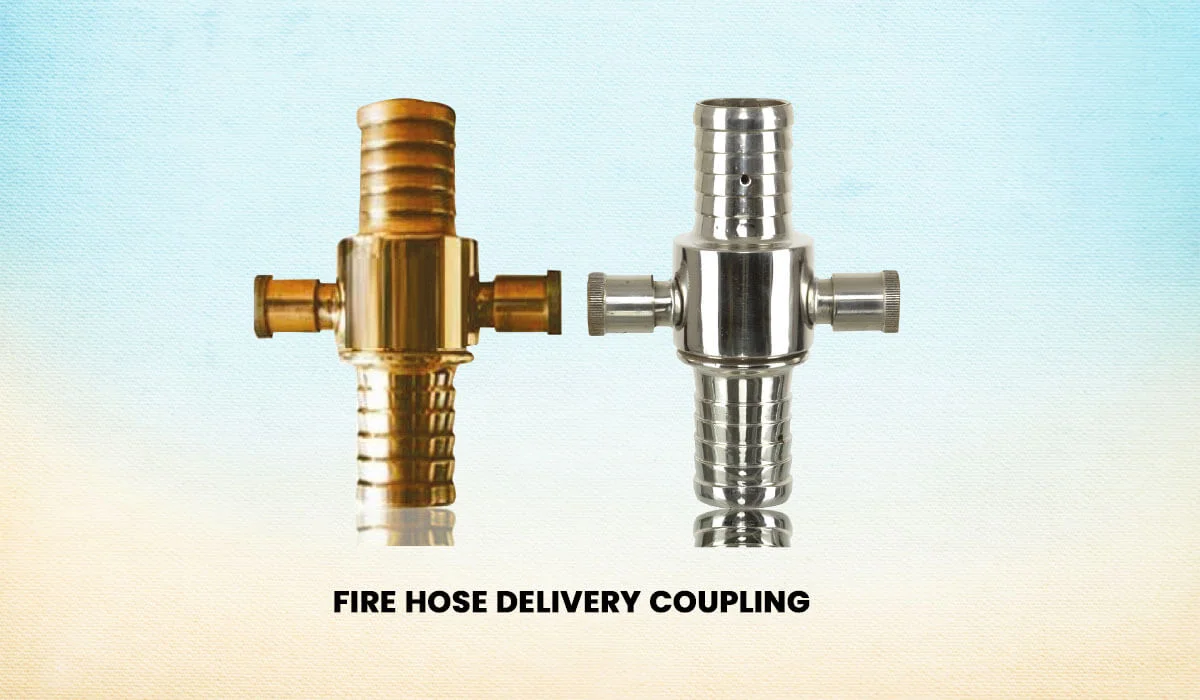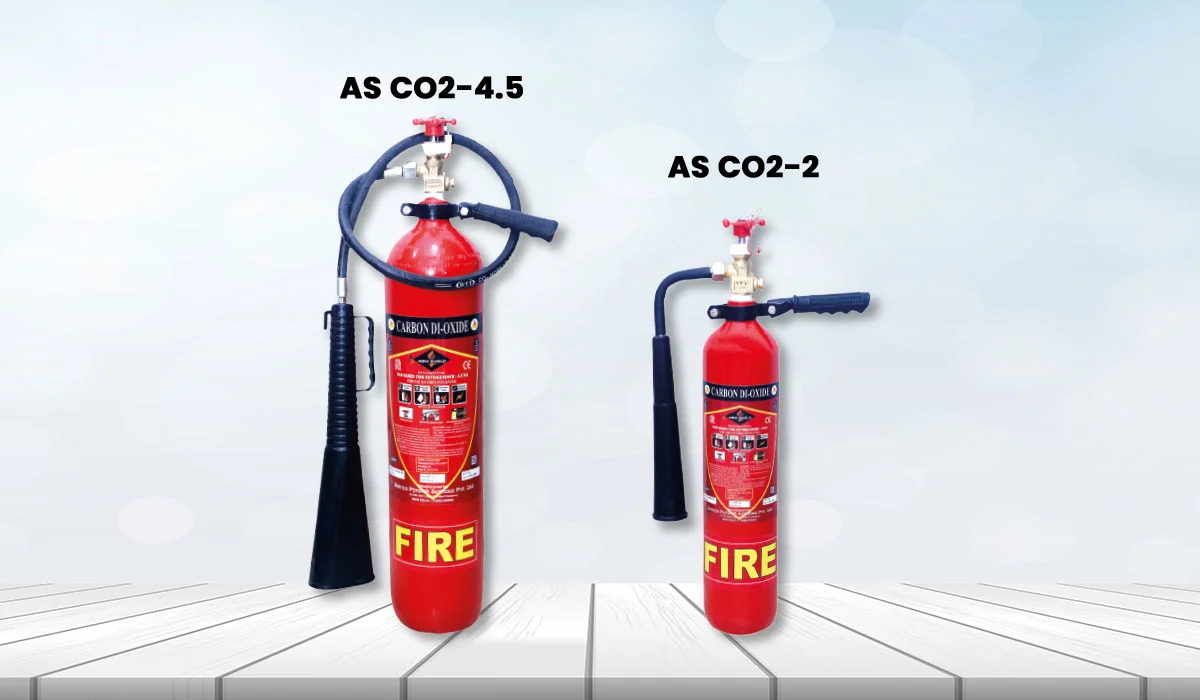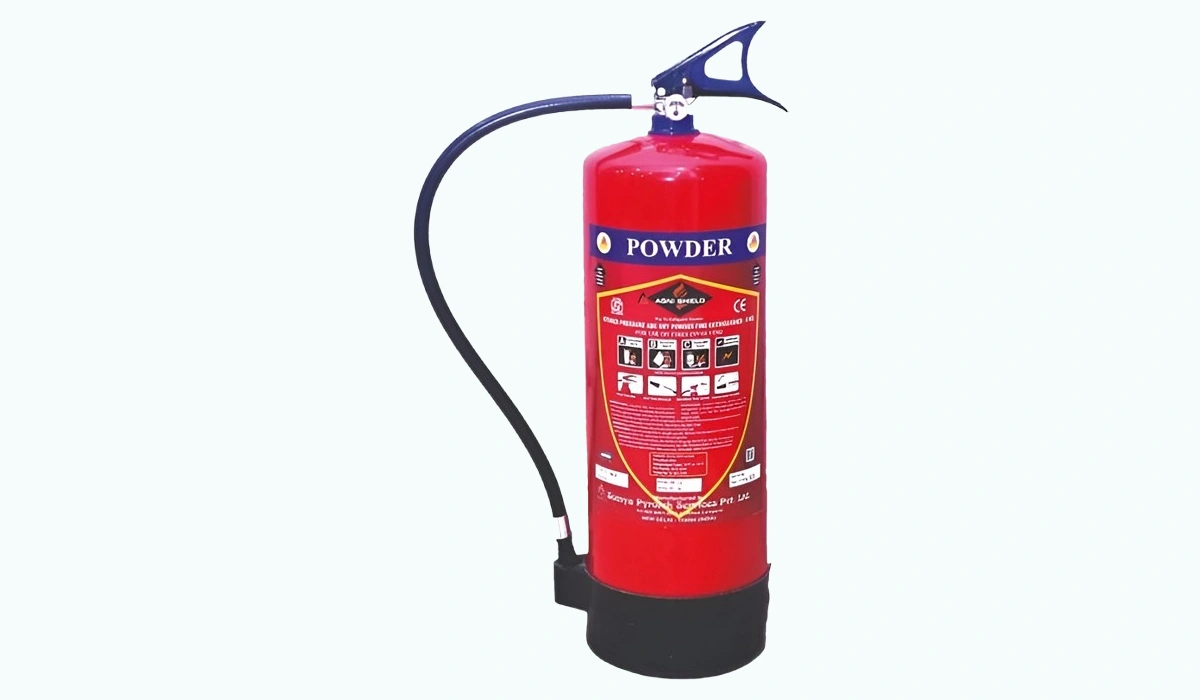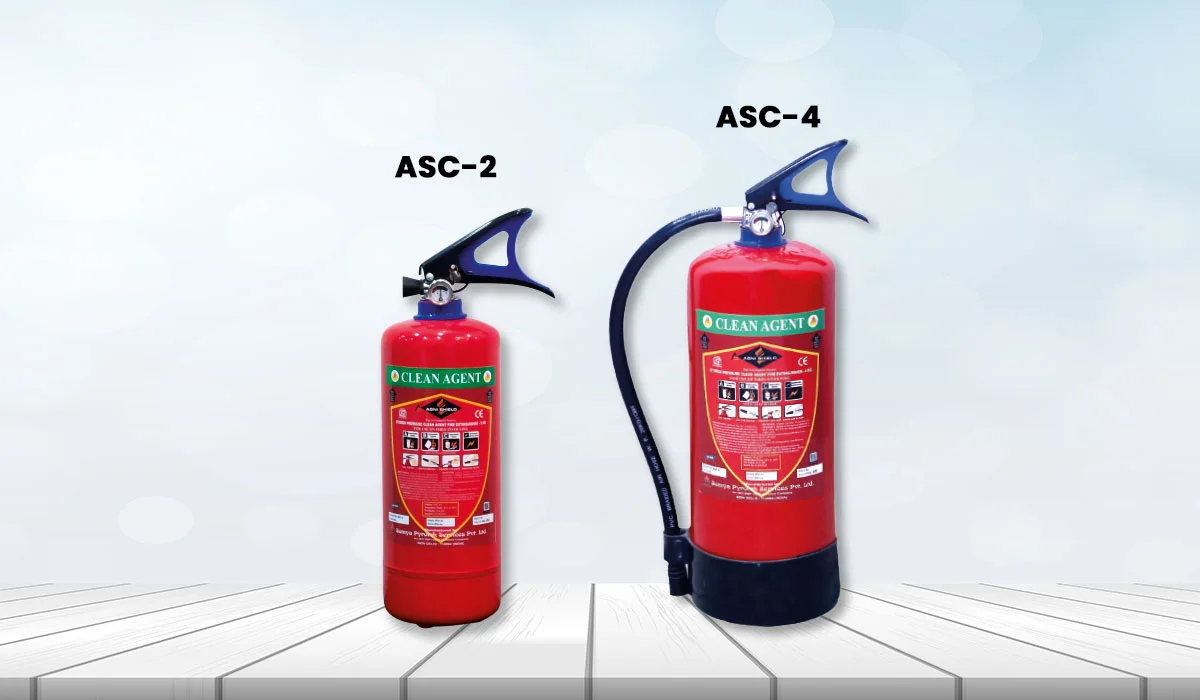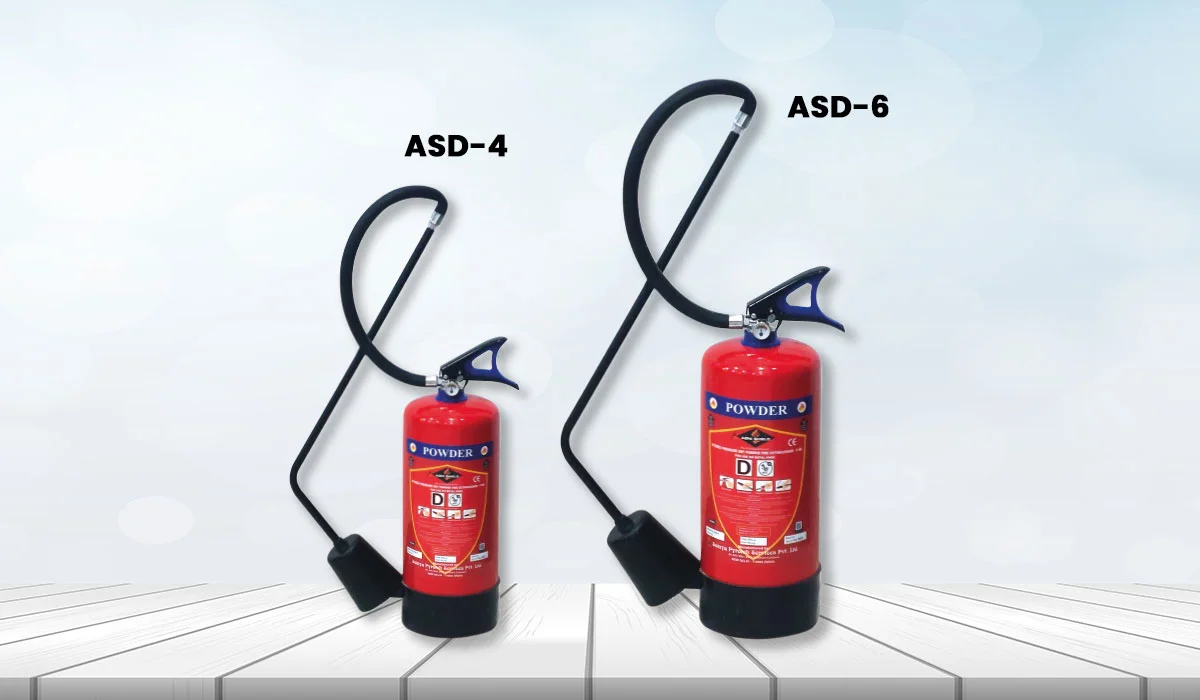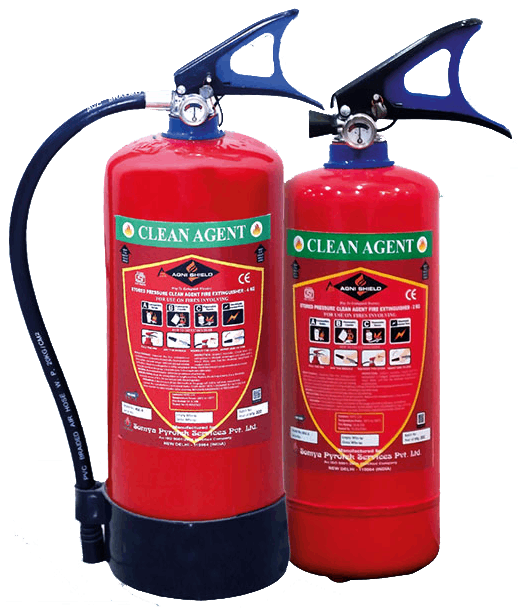
Heat Detector
Price:
Product Specification
- Response Time: 3–15 Seconds
- Operating Voltage: 9V to 33V DC
- Operating Temperature:-10°C to +55°C
Product Description
A Heat Detector is suitable for detecting heat that may cause an uncontrolled fire situation, whether in commercial or residential areas. Furthermore, these alarms feature a high-quality, tried-and-true thermistor heat detection sensor. Likewise, the Thermistor has been created using a smaller thermal mass, delivering a rapid alarm response when the trigger temperature of -10°C to +55°C is reached. It is one of the best products for detecting heat buildup from extensive flaming fires. Likewise, it can distinguish between steam and smoke, drastically reducing false alarms.
Application Areas of the Heat Detector
- Kitchens (Residential or Commercial Properties)
- Boiler Rooms
- Industrial Plants
- Parking Garages
- Attics & Crawl Spaces
- Warehouses & Storage Facilities
- Electrical Rooms/Substations
- Chemical Storage Areas
- Elevator Machine Rooms
- Data Centers
- Ceiling Voids & False Ceilings
- Cleaning Rooms or Laboratories
- Garment Factories and Textile
- Refineries & Petrochemical Facilities
- Commercial Kitchens in Hotels/Restaurants
- Engine Compartments (Marine/Vehicles)
- Tunnels and Underground Facilities
- Hospitals (Mechanical/Utility Areas)
- Cold Storage Warehouses (Ceiling Areas)
- Mining Operations
Key Features of the Heat Detector
- It contains a rapid Thermistor heat sensor response.
- It offers fixed temperature and rate-of-rise sensing.
- It indicates false alarm resistance.
- It offers a wide operating temperature range.
- Consumers do not need to worry about its maintenance requirements.
- It offers a quick response time.
- It comes in multiple installation types.
- It gives accurate compatibility with fire alarm systems.
- It is durable and offers a sustainable design.
- It offers performance reliability and legal compliance.
Technical Specifications of Heat Detector
| Parameter | Specification |
|---|---|
| Type | Fixed Temperature / Rate-of-Rise / Combination |
| Operating Voltage | 9V to 33V DC (depending on model and system compatibility) |
| Operating Temperature Range | -10°C to +55°C (can vary for industrial versions up to +80°C) |
| Fixed Temperature Set Point | 57°C, 70°C, or 90°C (based on application area) |
| Rate-of-Rise Threshold | ≥ 8.3°C/min (typical threshold for rapid temperature rise detection) |
| Quiescent Current | ≤ 100 µA (standby mode) |
| Alarm Current | 20–60 mA (depends on control panel and wiring) |
| Humidity Tolerance | 0–95% RH (non-condensing) |
| Response Time | 3–15 seconds for rate-of-rise, variable for fixed temperature |
| LED Indicator | Red LED – Blinks in standby, steady ON in alarm state |
| Alarm Output | Normally Open (NO) / Normally Closed (NC) contact |
| Reset Mechanism | Power reset or remote reset via the control panel |
| Material | Flame-retardant ABS / Polycarbonate casing |
| Mounting Height Limit | Typically up to 7.5 meters (as per standard installation guidelines) |
| Wiring | 2-wire / 4-wire (depending on system design) |
| Compliance Standards | EN 54-5, UL 521, IS 2189, CE Certified |
| IP Rating (Ingress Protection) | IP42 / IP44 / IP65 (for outdoor/industrial variants) |
| Dimensions | Diameter: 90–100 mm; Height: 40–55 mm (varies by model) |
| Weight | Approx. 100–150 grams |
What are the Imperative Benefits Of a Heat Detector?
Check out the imperative benefits that are mentioned below before opting to buy a heat detector for your home or commercial properties:
- Heat detectors are one of the most imperative products for spotting fires in places where smoke might be obvious, like kitchens, commercial properties, corporate buildings, and more.
- It does not trigger a false alarm from cooking smoke or dust.
- Heat detectors are super reliable and work seamlessly even in high-temperature areas where regular smoke detectors might struggle.
- They don’t need precise attention or maintenance. You just need to check occasionally to confirm everything is functioning correctly.
- They integrate easily with most fire alarm systems, and you can monitor them according to your preference and convenience.
- A heat detector can handle harsh conditions without breaking down.
- Without any fancy or advanced heat sensors, they can perform effortlessly and save money over time.
What are the Concerning Drawbacks Of a Heat Detector?
Here, we have mentioned the vital cons of a heat detector that every individual should know while buying for their applicable areas:
- Heat detectors usually respond more slowly than smoke detectors, which can delay early fire warnings in some situations.
- They may not activate immediately if a fire begins with a lot of smoke but little heat because they are unable to detect smoke.
- Slower response times make it unsuitable for locations such as hospitals or schools, where a prompt evacuation is essential.
- You frequently need more devices to cover large spaces because of their smaller coverage area.
- A heat detector may spread too quickly in open or ventilated spaces, decreasing the effectiveness of detection.
- Particularly in traditional systems lacking addressable features, they do not provide real-time fire location.
- May not be as good at spotting smoldering fires, which may burn slowly before generating a lot of heat.
Helpful Maintenance and Inspection Tips for a Heat Detector
If you want to ensure that your heat detector offers durability, longevity, and sustainability, make sure to follow the necessary maintenance and inspection tips:
- As a preventive measure before performing any inspection, it is wise to switch off the power supply. It’s an easy measure, but it protects you.
- To clean dust off, lightly brush your detector with a soft, dry cloth. You should also use water or cleansing agents.
- Every month, make it a habit to visually check your detector for indications of corrosion, dirt accumulation, or damage.
- To keep the detector responsive, push the test button monthly, if it is present.
- Check that the LED light is working correctly. Accordingly, it should flash when in standby and become steady when the alarm is activated.
- Make sure nothing blocks the air to the heat detector, like furniture, decorative items, or items on the ceiling.
- Cobwebs or bugs can affect the performance of the device, so watch out for that.
- Never test the system with open flames. Instead, use a heat source (safely and naturally) as instructed by the manufacturer.
- Detectors tend to lose sensitivity with time, so even if they appear to be functioning fine, replace the unit if it is older than ten years.
- Keeping a record of your checks makes it easier to comply with audits and monitor problems.
- Check the detector mounting once more. If it does not feel secure or stable, though, retighten it immediately.
- Check that the control unit is receiving the signal if your detector is hardwired into a fire panel.
- Try resetting the system and checking for any outstanding problems or error messages after every check.
- You may need to clean and inspect your heat detector more often if it’s located in a kitchen or a dusty area.
- Finally, even if all seems well, have a professional do a check once a year instead of believing it will function forever.

